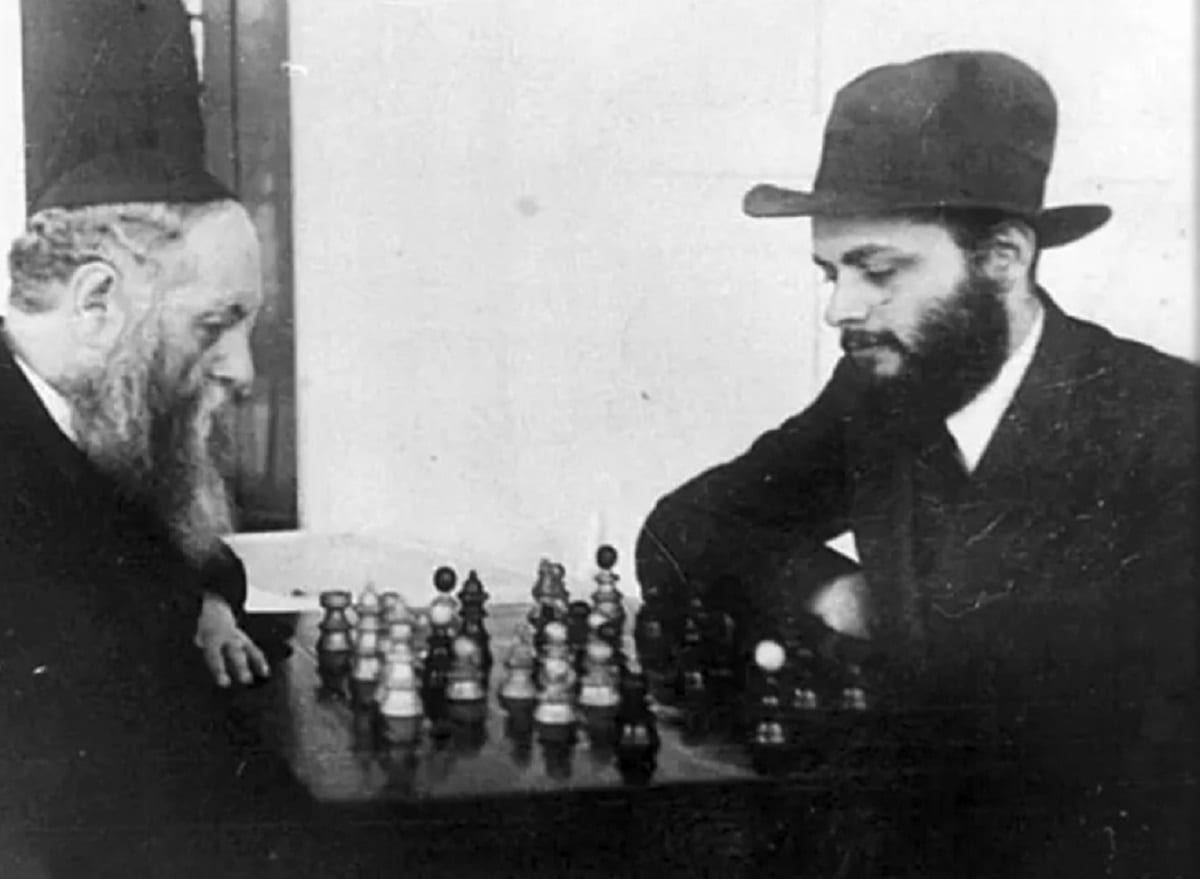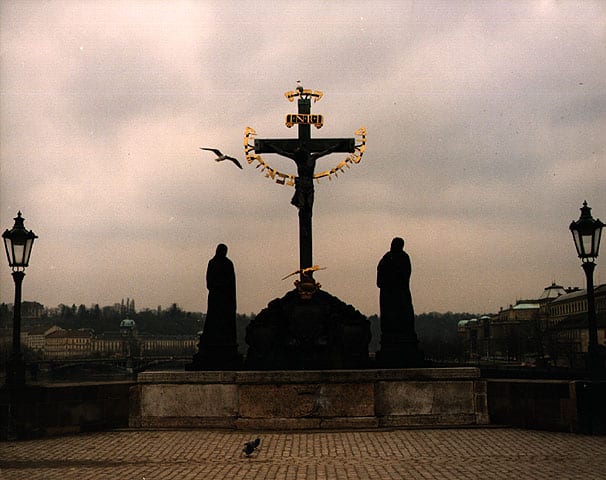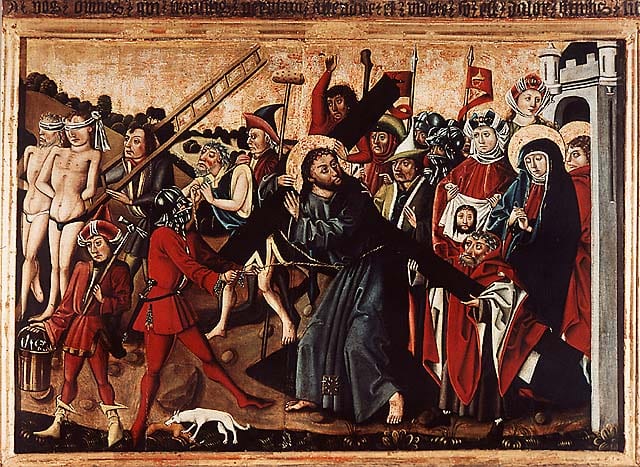There is a Talmudic Agada about Moses, who traveled forward in time and landed in Rabbi Akiva’s Beth Midrash. He sat in the eighth row and listened to Rabbi Akiva splitting hairs over every verse – or as the story puts it: “(Rabbi Akiva) is destined to derive from each and every thorn of these crowns mounds upon mounds of halakhot”. Somewhat baffled, Moses was unable to figure almost nothing out of the debate and was getting frustrated. He thought, what does any of this have to do with the Torah I carried down from Mount Sinai? Why are these people so concerned with trivial questions such as how to sentence an ox who gored a pregnant cow, or “is it allowed to drink wine touched by a gentile?”
This midrash carries a clear message. There is a great gap between a religion’s core values, and the practice that has evolved from them, especially when it has been centuries since the religion’s establishment. Rest assured Karl Marx would be astounded if he’d enter a University course in Marxism in 2018. Just like Buddha in some desert spirituality session, or Muhammad in an ISIS training school, from where he’d only wish to escape while his head is still attached.
What about Christmas though? Allow me to assume, that should Jesus visit an average family celebrating Christmas, he’d suffer greatly from the dissonance between his pure spiritual image and the exaggerated consumerism that evolved around his birthday. As a Jew, he’d probably also want to know how his fellow Jews commemorate his birthday – and here he’d really be surprised: In Bnei Brak, the most populated city in Israel, the city is turned each year on Christmas night into one huge playground, due to an ancient Jewish practice called in Yiddish “Nittel Nacht” – the night when Jesus was born.

The Nittel Nacht tradition started in Germany in the 11th century. The Jews suffered greatly from the crusades, one of the most brutal and terrible persecutions in Jewish history. Blood was flooding one of the most beautiful areas in Europe, Alsace Lorraine, and turned the main cities – Speyer, Worms and Mainz – into one gigantic Jewish grave yard. The Jews were unaware at the time that Jesus was in fact an observant Jew, whose name and character were used by the founders of Christianity for their anti-Semitic purposes. That hippie guy from Nazareth was, from their point of view, their executioner. The one who caused them suffer, the one who took their parents, their children, their brothers and sisters. His birth day has become their death day.
Thus as Jews, they were obligated to mourn on that day. Studying Torah is forbidden on Nittel Nacht, primarily in compliance with the rules of mourning. Jews do not study on Tisha B’Av night, either. However, there was yet another reason they chose to avoid studying the Torah – fear. The celebrations on that night posed a high risk of becoming riots and persecutions. The Jews feared that the lights illuminating their books would attract the Christians celebrating outside, and thus took a yearly break from their studies on that night.

In time, the ban on studying Torah evolved into various customs, one of which was playing chess all night long. There is even a famous photo of the Lubavitcher Rebbe playing chess with his father-in-law. Those who did not care much for chess used to play various cards games, such as versions of “21”.
Another practice on that special night was to cut toilet paper for the entire year’s Sabbaths. The Jews’ binding together of lower bodily functions with Christianity was not just an intentionally defiant insult, but also had mystic meaning, because in Kabbalah texts, Christianity is perceived as a form of waste discharged from the Jewish body. Other Jews have tended to work on their accounts or balance their checks, and especially to calculate how much should be dedicated to Me’aser charities. Others study Apocrypha texts or tell stories about the righteous and miracles that occurred on that date.
Then under the heading “miracles and wonders that happened to famous rabbis just in time,” tales began to spread among Jewish communities about Nittel Nacht itself. For example, a Jew in Poland set forth to inform on the Maharsha (Shmuel Eidels), that he was refraining from studying Torah on Christmas eve. The Maharsha, who knew nothing about this, was sitting at home balancing his accounts as customary. Suddenly, a book fell from his cabinet. The Maharsha hurried to pick it up, kiss it and return it to the shelf. Then it happened again. But when it happened for a third time, the Maharsha became filled with awe, opened the book and browsed through it for awhile. At that moment, the city’s gendarmes stormed in, accompanied by the informer, and found the rabbi standing with a book in his hand studying. The embarrassed informer and the gendarmes left the house with nothing in hand.

Back to poor Moses. After he had nearly given up on all the vague debates in Rabbi Akiva’s Beth Midrash, he suddenly heard a disciple ask, “But rabbi, how do you know all that?” Akiva replied: “It is in the Halacha handed to Moses at Sinai.” Moses was ultimately relieved to realize that he had found the common link between his and his descendants’ Torah.
Jesus would probably have failed to share Moses’ relief had he known that Nittel Nacht was fabricated around his own character. He would probably have wondered, “What do my sermons on love and grace have to do with the Jews’ awful hatred of me?”
Well, the hippie guy from Nazareth was right. He was nothing more than a good Jewish man whose disciples created and deepened the loathing between him and his fellow Jews. Perhaps it’s time to just leave Jesus alone. Wishing him a simple “Happy Birthday” could be a nice start.